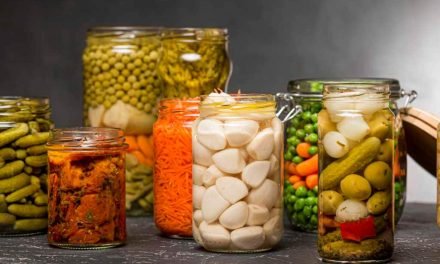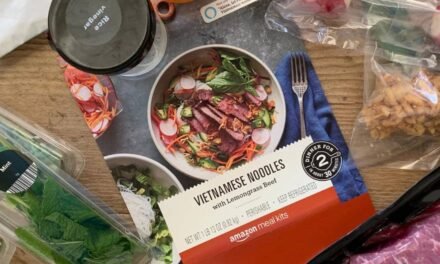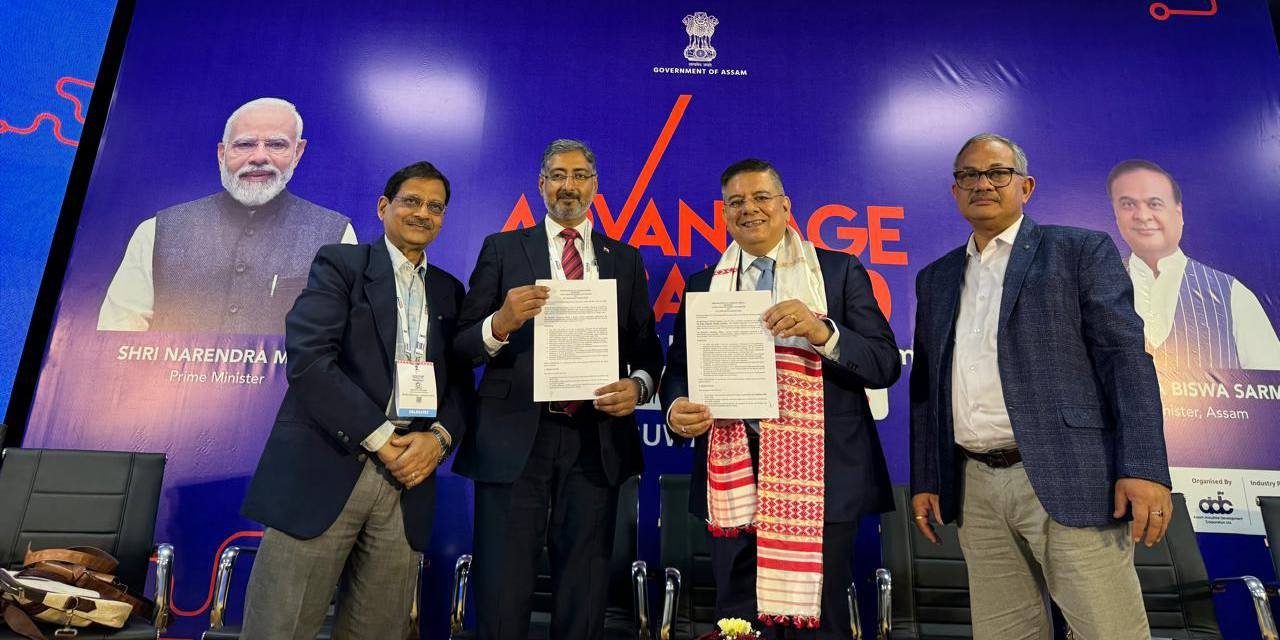A recent joint report by the Retailers Association of India (RAI) and real estate services firm ANAROCK, ‘Indian Retail – Certainty Despite Headwinds’, has pointed out that food and grocery will be the most shopped items in the coming quarter. The report also captures the transformation trends and measures adopted by the Indian retail industry to combat COVID-19 outbreak
With coronavirus prompting consumers to focus on essential goods, non-essential shopping has moved back. The average bill value for essentials has gone up 1.5 times after the lockdown was lifted: from INR 650 per basket in early March to more than INR 900 per basket presently. Food and grocery, followed by apparel, FMCD and electronics, furniture and home furnishings and QSR will see a V-shaped recovery within the next 2-3 quarters.
While quick-service restaurants, apparel, fast-moving consumer durable and electronics and furniture and home furnishings are expected to see a quicker V-shaped recovery in the next 2-3 quarters, sales in some other segments will take time to revive.
“After 76 days of lockdown, malls reopened on 8th June 2020. Since then footfalls are limited in the malls but sales have started, resulting in high conversion ratio. As per the RAI survey,
few categories such as food and grocery, consumer durables and furniture show signs of recovery. We expect food and grocery business to revive faster as compared to other categories” said Anuj Kejriwal, MD & CEO – ANAROCK Retail.
Organised retail and e-commerce are on an upswing. According to IBEF, the share of Indian organised retail will double to 18% in 2021 (from 9% in 2017). Likewise, e-commerce is expected to more than double to 7% from the previous 3% in the same period. Kejriwal optimistically said , “COVID-19 will work as a catalyst for the growth of organised retail and e-commerce in India. Online spending is on a marked rise with online shoppers projected to increase from 15% in 2019 to 50% of the total online population by 2026.” The pandemic has propelled consumers to purchase based on convenience either as delivery to home or by shopping at offline nearby stores or by time scheduled shopping.
A recent joint report by the Retailers Association of India (RAI) and real estate services firm ANAROCK, ‘Indian Retail – Certainty Despite Headwinds’, has pointed out that food and grocery will be the most shopped items in the coming quarter. The report also captures the transformation trends and measures adopted by the Indian retail industry to combat COVID-19 outbreak
With coronavirus prompting consumers to focus on essential goods, non-essential shopping has moved back. The average bill value for essentials has gone up 1.5 times after the lockdown was lifted: from INR 650 per basket in early March to more than INR 900 per basket presently. Food and grocery, followed by apparel, FMCD and electronics, furniture and home furnishings and QSR will see a V-shaped recovery within the next 2-3 quarters.
While quick-service restaurants, apparel, fast-moving consumer durable and electronics and furniture and home furnishings are expected to see a quicker V-shaped recovery in the next 2-3 quarters, sales in some other segments will take time to revive.
“After 76 days of lockdown, malls reopened on 8th June 2020. Since then footfalls are limited in the malls but sales have started, resulting in high conversion ratio. As per the RAI survey,
few categories such as food and grocery, consumer durables and furniture show signs of recovery. We expect food and grocery business to revive faster as compared to other categories” said Anuj Kejriwal, MD & CEO – ANAROCK Retail.
Organised retail and e-commerce are on an upswing. According to IBEF, the share of Indian organised retail will double to 18% in 2021 (from 9% in 2017). Likewise, e-commerce is expected to more than double to 7% from the previous 3% in the same period. Kejriwal optimistically said , “COVID-19 will work as a catalyst for the growth of organised retail and e-commerce in India. Online spending is on a marked rise with online shoppers projected to increase from 15% in 2019 to 50% of the total online population by 2026.” The pandemic has propelled consumers to purchase based on convenience either as delivery to home or by shopping at offline nearby stores or by time scheduled shopping.
















